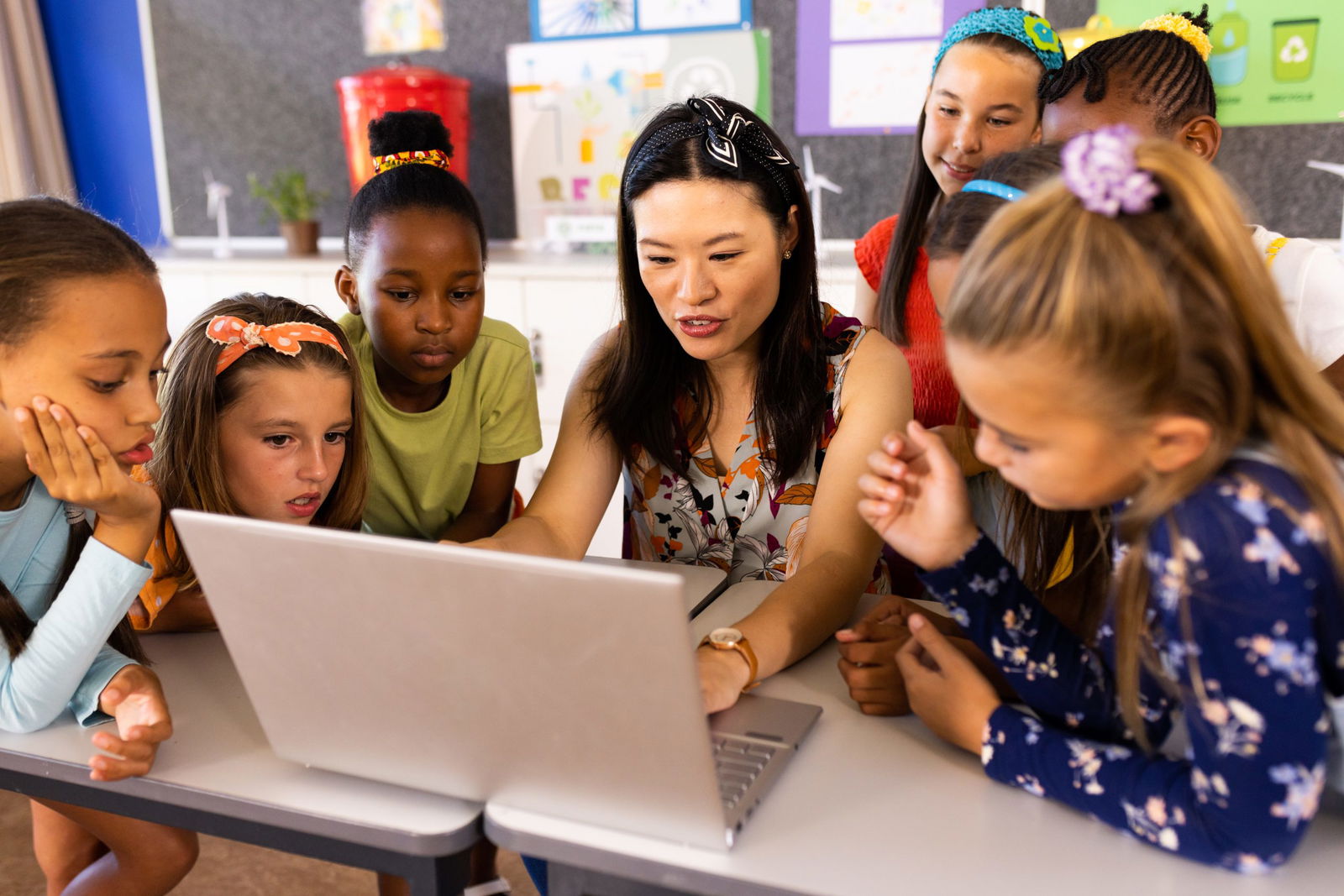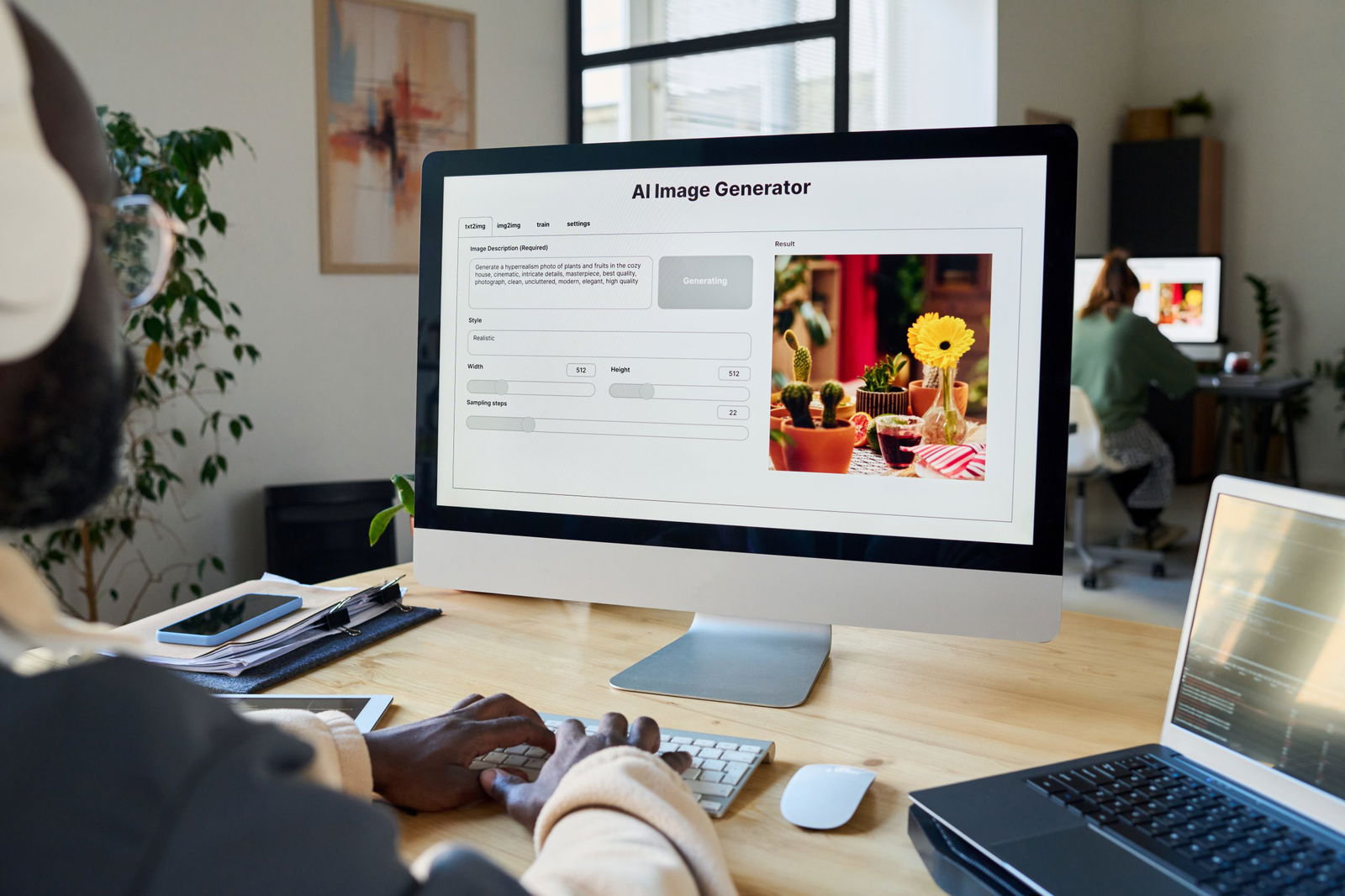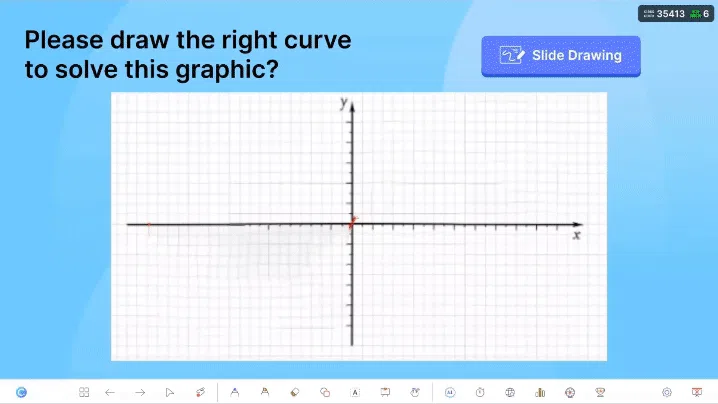From smart boards and tablets to AI tutors and interactive polling tools, the classroom of today looks very different than a decade ago.
Yet merely having devices isn’t enough. What truly matters is how we integrate these tools into learning and teaching in meaningful ways.
In this post, we unpack technology integration in education: what it means, why it matters, and how you as a teacher can begin incorporating it.
What Is Technology Integration in Education?

Before we get started, let’s define technology integration in education first. According to the National Center for Education Statistics, technology integration is the incorporation of technology resources and technology-based practices into the daily routines, work, and management of schools.
It’s not just about using PowerPoint or posting worksheets online, it’s about designing lessons so that technology is a medium for better pedagogy, not a gimmick. Successful integration also means thinking about when and why tech is used, and ensuring that digital tools truly support deeper learning goals.
Why Does Technology Integration in Education Matter?
When done well, technology integration in education brings multiple advantages:
Accessibility & inclusion. Digital tools can open doors for learners with different needs. For instance, text-to-speech, adjustable fonts, alternative input methods, captions, screen readers, or adaptive content help support learners with disabilities or varied learning styles.
Student agency & metacognition. With interactive environments and feedback systems, students can monitor their own progress, see where mistakes are, and adjust strategies. This empowers them to become more self-aware learners.
Formative feedback loops. Instead of waiting until the end of a unit, technology allows teachers to collect insight mid-lesson (via quizzes, polls, analytics) and adjust instruction in real time to address misconceptions.
These benefits aren’t hypothetical. A 2025 study found a significant positive correlation between teachers’ confidence in technology integration and student engagement across cognitive, emotional, and social domains.
Special Considerations in Technology Integration in Education

While technology integration in education opens many opportunities, it also brings new responsibilities. These special considerations ensure that innovation in the classroom remains inclusive, secure, and effective for all learners:
Ethical use of AI and data. If you use AI or systems that collect student data, ensure you are transparent about how the data is used, stored, and protected. Students’ privacy and bias in algorithms must be considered.
Digital divide & access inequality. Many teachers and students may lack reliable internet or up-to-date devices. A program that looks seamless in a well-connected school may fail in rural or underfunded areas.
Teacher readiness & mindset. Research suggests that educators’ perceptions and institutional support strongly influence how extensively they adopt technology. Training, encouragement, and a supportive environment matter.
Context sensitivity. What works in one country or region may not translate well elsewhere. Always adapt to local curriculum, culture, language, infrastructure.
Unsure on what to do when you try to integrate technology in your classroom? Check out 7 Effective Classroom Management Strategies for New Teachers to Avoid Stress.
How to Integrate Technology in Education

Here’s a practical path you can follow to integrate technology into your classes:
Planning & Mindset
- Start with learning goals, not tools
Ask: What do I want students to do or understand differently because of this lesson? Then decide whether a digital tool helps meet that goal, not the other way around. - Pilot small, iterate fast
Try the tool in one class or unit. Collect feedback. Revise. Expand gradually rather than doing wholesale adoption at once. - Professional community / peer coaching
Collaborate with colleagues: share what worked or didn’t, brainstorm new uses, co-design lessons. Peer support can reduce isolation. - Block reflection & iteration time
Set aside time after lessons to review metrics, student feedback, and think through improvements. Technology integration in education is an evolving process, not “set it and forget it.”
Pedagogies Enabled by Technology
Here are pedagogical strategies that technology integration in education can powerfully support:
- Flipped classroom
Students review content asynchronously (videos, readings) at home; class time is reserved for discussion, active tasks, problem solving. - Adaptive learning / intelligent tutoring
Tools adjust to student responses, offering scaffolding or challenge depending on performance. - Gamification / game-based learning
Embed reward systems, leaderboards, narrative, challenges to boost motivation. For instance, one study used badges and leaderboards and saw improved engagement and completion rates. - Collaborative learning in digital spaces
Students co-author documents, make annotations, comment or critique work in shared environments. - Microlearning / spaced retrieval tools
Use apps or platforms that provide spaced quizzes or flashcards to reinforce retention over time.
Looking for ideas on how to gamify your classroom? Check out Easy Gamification Examples in the Classroom for Busy Teachers.
ClassPoint as a Tool to Integrate Technology in Education

Now let’s see how ClassPoint can serve as a practical tool to bring technology integration in education into your everyday teaching.
ClassPoint is a plugin for PowerPoint that makes your slides interactive. Instead of treating slides as static, ClassPoint allows you to embed quizzes, polls, draggable objects, live annotations, gamification elements, and more all without leaving the slide environment.
Ways Teachers Can Use ClassPoint
Here are concrete ways to apply technology integration in education using ClassPoint:
- Real-time formative assessment
Insert polls or quizzes at strategic points in your presentation to gauge student understanding. Based on their responses, you can decide whether to revisit topics or move forward. - Gamified engagement
Use leaderboards, badge systems, or point rewards to spark friendly competition and increase student engagement. - Flipped or hybrid classes
Even in synchronous sessions, collect responses that students can later review asynchronously. Use ClassPoint to deliver both the live and recorded element seamlessly. - Class management and interaction
Use interactive features like star awards for participation or a random name picker to diversify student voices and reduce bias in calling on students. - Interactive demonstrations
Annotate live on slides, have students drag and drop parts of diagrams, compare responses across the class to spark class-wide discussion and reflection.

Check out this U.S. case study that where a Michigan teacher increased student engagement and subject knowledge using ClassPoint.
FAQs
What are the biggest challenges teachers face in technology integration in education?
One major challenge is access to reliable infrastructure such as devices, stable internet, and updated software. Another is the lack of time and training for teachers to explore tools meaningfully. Many educators also struggle to align technology use with learning goals rather than using it for novelty. Building digital confidence through peer mentoring and ongoing professional development can help overcome these barriers.
How can schools measure the success of technology integration in education?
Schools can evaluate success by tracking both quantitative and qualitative data. This includes student engagement levels, assessment outcomes, teacher adoption rates, and even feedback from parents or learners. Technology integration is successful when digital tools consistently enhance comprehension, participation, and collaboration, not just when they are used frequently.
What role does leadership play in supporting technology integration?
School leaders set the tone for innovation. Their role includes providing professional learning opportunities, ensuring equitable access to devices, and establishing a shared vision for technology use. When administrators model digital literacy and recognize teacher efforts, it fosters a culture where experimentation and creativity with technology thrive.
Is technology integration in education suitable for all subjects?
Yes, though the approach differs by subject. In math or science, technology can support simulations and data visualization. In language arts, it can enhance reading and writing through interactive texts. Social studies can benefit from virtual tours or digital storytelling. The key is choosing tools that fit the nature of the content and the learning outcomes desired.
How can teachers maintain balance and avoid overreliance on technology?
Teachers should view technology as a supplement, not a replacement, for sound pedagogy. Blending digital and offline tasks ensures students still engage in human connection, hands-on experiences, and critical thinking. Setting clear screen-time goals and incorporating unplugged moments during lessons helps maintain this balance.
What are some low-cost ways to start technology integration in education?
Teachers can start small using free or built-in tools. Examples include Google Workspace for collaboration, educational YouTube videos for flipped lessons, and interactive polls through PowerPoint add-ins like ClassPoint. The goal is to focus on pedagogy, creating meaningful activities even if resources are limited.
How can technology integration help students develop 21st-century skills?
Technology fosters communication, creativity, collaboration, and critical thinking. Students learn how to research, evaluate information, and express ideas using digital media. When applied correctly, these skills extend beyond academics and prepare them for future careers that depend on adaptability and problem-solving.
What is the future of technology integration in education?
The next wave of innovation points toward personalized, data-informed learning powered by AI, augmented reality, and adaptive systems. Students will experience more immersive learning environments and teachers will gain actionable insights into performance. However, human guidance and empathy will remain at the heart of meaningful technology integration in education.
